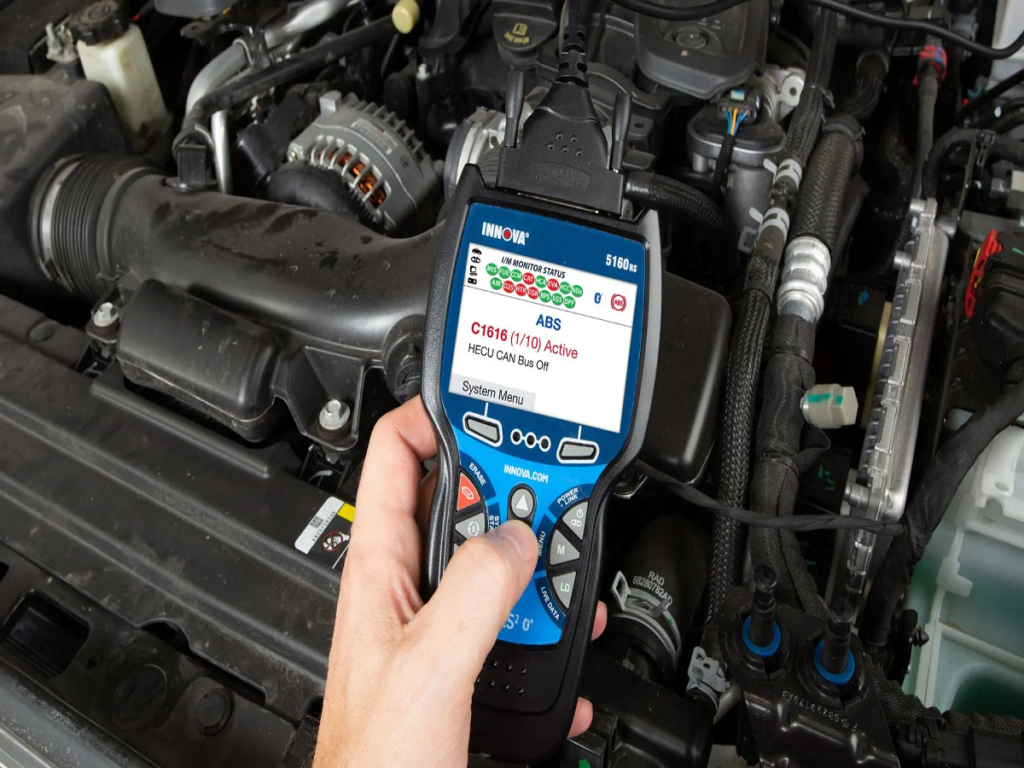
Understanding fuel trims with an OBD scanner provides valuable insights into engine performance: – Fuel Injection Dynamics: The engine computer adjusts fuel injection based on sensor inputs and a base fuel map. Oxygen sensors in the exhaust monitor if too much or too little fuel was injected.
Fuel Trim Adjustment: Fuel trims are adjustments the computer makes to the base fuel map for proper fuel injection. A positive trim means added fuel, while a negative trim means reduced fuel. – Ideal Fuel Trims: Ideally, fuel trims should be zero. However, factors like fuel quality, atmospheric conditions, and engine wear cause constant adjustments.
– Acceptable Fuel Trim Range: Ideally, fuel trims should stay within a range of -10% to +10%. Exceeding this range may indicate potential issues with the engine or sensors. Trims exceeding 15-20% strongly suggest a problem that requires attention. By monitoring fuel trims, you can detect potential engine or sensor problems and address them before they escalate, ensuring optimal engine performance and efficiency.

When accessing the engine computer data, follow these steps for clarity and consistency: – Connect with Generic OBD2 Option: Use the GENERIC OBD2 option on your scanner. This ensures a standardized display format for fuel trims across all vehicles and prevents confusion from manufacturer-specific terminology.
– Use a Compatible Scanner: Some inexpensive OBD scanners only support the generic OBD protocol. If yours does, connect using this option to access the standardized display format.
– Locate Fuel Trim Data: Navigate through the list of data parameters until you find “short term fuel trim” and “long term fuel trim.” While there are differences between these two parameters, understanding those distinctions isn’t necessary for this task. Focus instead on interpreting the values you see. By following these guidelines and interpreting the fuel trim values correctly, you can effectively assess the engine’s performance and identify any potential issues that require further investigation.
Understanding short term fuel trim (STFT) and long term fuel trim (LTFT) is crucial for accurate assessment: – Display Variations: Your scanner might display short term fuel trim as STFT, ST, or ST%. Long term fuel trim might appear as LTFT, LT, or LT%.
– Identification of Engine Banks: The number following the designation (e.g., STFT1, LTFT1) refers to the “bank” or side of the engine. A four-cylinder engine has only one side, so you’ll see STFT1 and LTFT1. However, a V6 or V8 engine has two sides, each with its own fuel control. Therefore, you’ll see STFT1 and LTFT1 for one side and STFT2 and LTFT2 for the other side. Some older models may not differentiate between sides and display only one bank.
– Understanding Fuel Trim Values: While the long term fuel trim tends to remain relatively stable, the short term fuel trim may fluctuate frequently. However, it’s crucial to note that these values are cumulative. For instance, if STFT=4% and LTFT=3%, the total fuel trim is 7%. By comprehensively understanding and interpreting these fuel trim values, you can accurately assess the engine’s fueling system performance.

